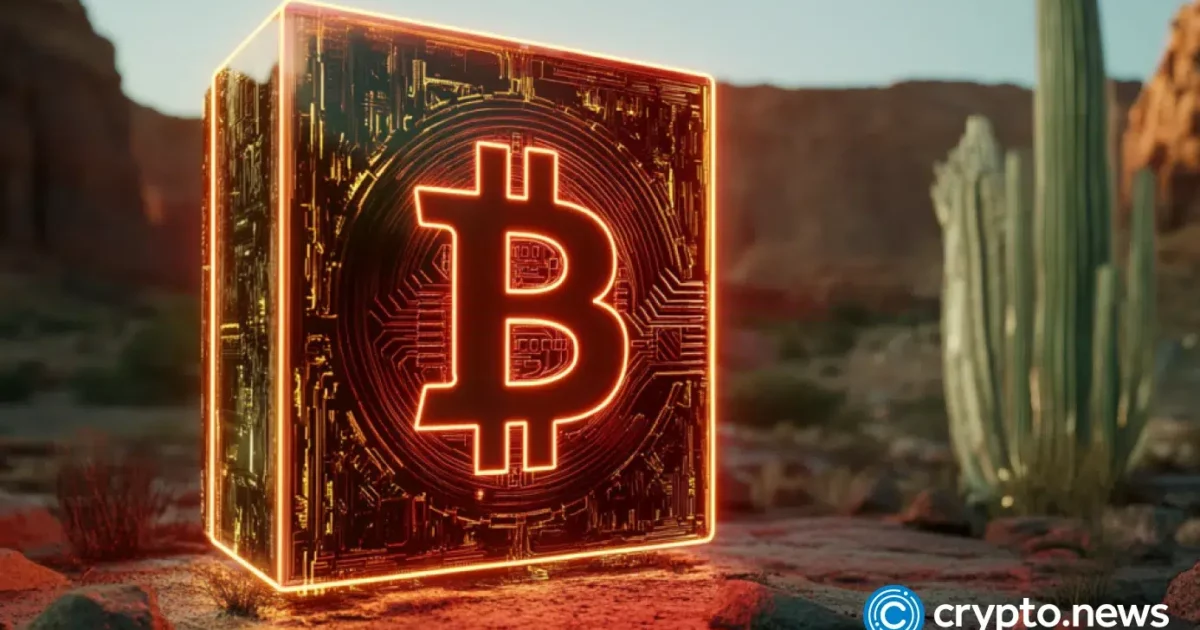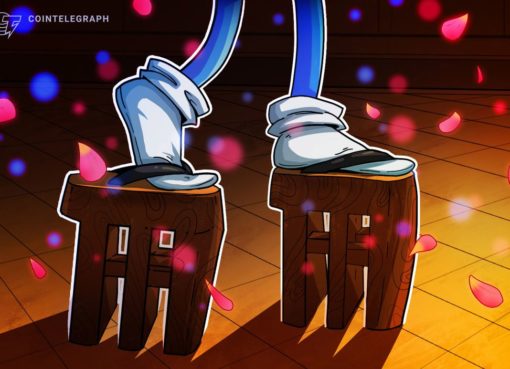Disclosure: This article does not represent investment advice. The content and materials featured on this page are for educational purposes only.
Texas funds $10m Bitcoin reserve, setting stage for altcoin surge as ETF hopes and investor momentum grow.
The Lone Star State just put its stamp on the future of finance. Texas has officially become the first U.S. state to authorize and actively fund a publicly managed Bitcoin reserve, thanks to the passage of Senate Bill 21 signed into law by Governor Greg Abbott.
With $10 million allocated toward purchasing Bitcoin for the state treasury, the move is more than symbolic; it signals a broader institutional shift in how governments perceive and use digital assets.
But here’s the real opportunity: Bitcoin’s rise is opening the door for several other cryptocurrencies to follow in its institutional footsteps, especially as ETF approval odds skyrocket for assets like Solana (SOL), Litecoin (LTC), and XRP. Behind the scenes, regulatory clarity is catching up, and analysts are calling this the next major green light for the altcoin market.
For investors looking to front-run the next leg up, three standout tokens are gaining serious momentum, including a surprise meme-chain play under $0.002 that could eclipse them all.
Little Pepe: The memecoin building a blockchain movement
Texas may be going all in on Bitcoin, but forward-thinking investors are zeroing in on a radically different project with explosive upside: Little Pepe (LILPEPE).
Currently in Stage 3 of its presale at just $0.0012, LILPEPE isn’t just another frog-faced memecoin. It’s a fully engineered Layer 2 blockchain, explicitly built for memecoins, focusing on speed, scalability, and anti-bot security.
As memecoins continue to dominate retail attention, LILPEPE is creating the rails they’ll run on and positioning itself as the Solana of meme tokens.
Why it stands out:
- Zero tax and near-zero fees
- Sniper bot protection — a first in meme token design
- Dedicated memecoin launchpad
- Tokenomics built for long-term scale:
- 26.5% Presale
- 30% Chain Reserves
- 13.5% Staking
- 10% Liquidity
- 10% Marketing
- 10% DEX Listings
Unlike most low-cap memecoins, LILPEPE is confirmed for two Tier-1 CEX listings at launch, with rumors circulating about a possible deal with the world’s largest crypto exchange. Add a $777,000 presale giveaway (10 winners will receive $77,000 in LILPEPE each), and we have one of the most anticipated altcoins of the year.
Solana: Regulatory tailwinds and institutional demand
Solana’s inclusion in ETF filings isn’t just a nod to its strong performance — it’s recognition of its maturing role in the crypto ecosystem. The SEC’s engagement with filings for a Solana ETF, with a final deadline set for October 10, 2025, suggests that the agency views SOL as a potential commodity, especially given that CFTC-regulated Solana futures are already trading.
Analysts estimate a 95% chance of ETF approval, fueling renewed demand from institutional investors. Solana has already recovered from the FTX fallout and established itself as the backbone for multiple high-velocity applications, from DeFi and NFTs to on-chain games and social platforms like Dialect and DRiP.
If the ETF gets the green light, SOL could see Bitcoin-level inflows from traditional finance players looking to diversify exposure without venturing too far from the blue-chip space.
XRP: A regulatory favorite with ETF momentum
XRP’s journey through the legal gauntlet has made it one of the best-positioned digital assets for regulatory clarity. The SEC said on January 30, 2025, that it had received a request for a spot XRP ETF. Big names, including Grayscale, Bitwise, and Franklin Templeton, are supporting it. Analysts expect almost specific approval because the final decision is due on October 17, 2025.
Why the optimism?
- Regulators already view XRP as a commodity.
- It has CFTC-regulated futures contracts in place.
- A strong global remittance use case supports its real-world value.
As Texas pioneers a Bitcoin reserve, states and municipalities will eventually seek diversified crypto treasuries. XRP, with its institutional-grade infrastructure and fast settlement system, is likely to be included.
The bigger picture: Why states like Texas are setting the tone
Texas isn’t alone. States like Arizona and New Hampshire have passed similar legislation, and many more are watching closely. What’s different about Texas is that it’s funding the reserve, showing commitment far beyond the performative level. And as Bitcoin ETFs normalize crypto exposure, it’s only a matter of time before states begin exploring other asset-backed reserves.
This is where tokens like Solana, XRP, and LILPEPE come in.
- SOL brings scalability and developer activity.
- XRP offers remittance utility and legal clarity.
- LILPEPE taps into cultural energy while building its infrastructure, making it the highest-risk, highest-reward play of the three.
Final thoughts: A portfolio strategy for the state-backed crypto era
As regulations become clearer and more states adopt cryptocurrencies, the rules for both retail and institutional investors are changing. It’s no longer enough just to hold Bitcoin or Ethereum; investors need to find the next level of fundamental assets.
- Solana is a scalable smart contract platform.
- XRP is the compliance-first remittance tool.
- Little Pepe is the chain built for meme virality, web3 culture, and viral user onboarding.
As Texas and others begin to normalize crypto treasuries, demand for high-conviction altcoins is expected to surge. For those willing to take action before the next leg up, now could be the time to stack before the rest of the country catches on.
To learn more about Little Pepe, visit the website, Telegram, and X.
Disclosure: This content is provided by a third party. crypto.news does not endorse any product mentioned on this page. Users must do their own research before taking any actions related to the company.




